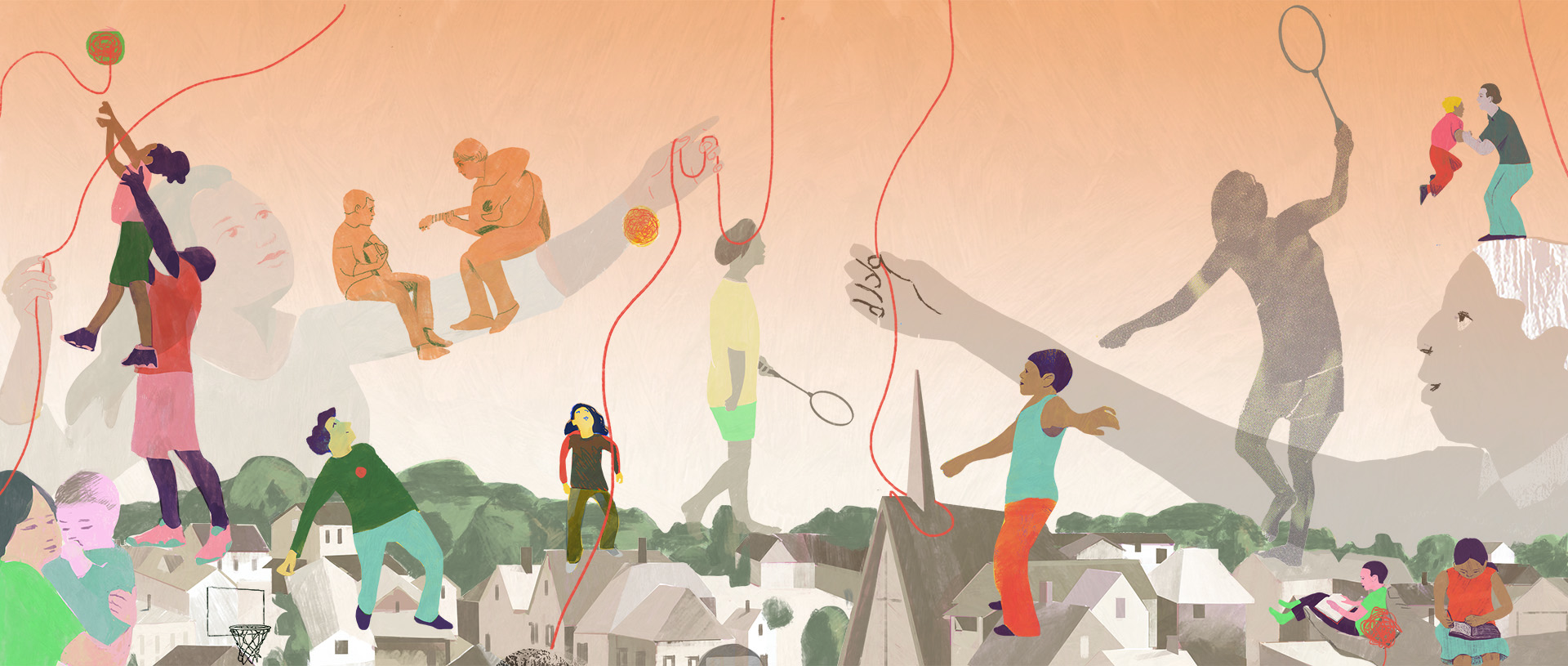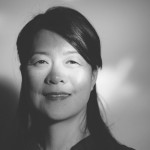
In the 1960s, my parents left their families in South Korea to immigrate to Winnipeg, Canada. As immigrants from poor families in a poor country still recovering from war, my parents lacked the financial, cultural, linguistic, and social resources to establish themselves with as equal footing as the majority of their neighbors in Winnipeg. With no family and few friends, they embarked upon a life in a new country with low resources but high hopes because they believed they possessed two of the most invaluable resources available: their faith and their membership in the body of Christ. With that conviction, they believed that the local church should be and would be their primary locus of connection, community, and family. Lest anyone romanticize their situation, be assured that by no means were those early years of their immigrant life easy or ideal. The majority of the congregants of their church were ethnically German with cultural assumptions and relational ethics that were as diametric to my parents’ values and experiences as one might imagine. However, their shared faith was sufficient for my parents to know that they belonged even though they did not always feel like they did. In the absence of their biological families and the cultural familiarity they enjoyed in Korea, their chosen family through the church helped bridge some of the gaps that existed in their immigrant life.
It was in 1976, when we made our final move to Southern California for my father’s career and joined an immigrant Korean church, that we experienced what psychologist and family therapist Celia Jaes Falicov refers to as “la cultural cura”—the culture that cures. When we were able to be among others who looked, ate, spoke, smelled, thought, wept, and laughed like us, we experienced a deep sense of belonging that was like a healing balm over the wounds of grief and loss that are common in immigrant narratives. We did not have any biological extended family in the United States and thus the Korean church became our extended family. This time we knew and felt like we belonged. I grew up with hundreds of aunts, uncles, and grandparents whom I never knew by name but rather by their honorific, familial titles such as halmoni (grandmother) and halaboji (grandfather). My experience growing up in the Korean church was my first lesson about how conceptually agile we need to be when we define family. Who we consider to be family, how we tolerate the tension of uncertainty and pain, and how we remain open to growth and learning within our families is informed by a myriad of factors including our diverse lived experiences and cultural norms.
In this family-themed issue, readers are challenged to expand their conceptualization of family in a number of ways, such as considering families of choice to be as meaningfully legitimate as families of birth. This issue also explores the notion of the church as a family system, bidding us to apply principles of family dynamics—such as conflict dynamics and resiliency resources—as a way to understand and engage with both relational challenges and opportunities within churches. Time and again, contributors also employ the Bible as a compass to redirect readers to both the blessings and the challenges of family. The lessons and stories described throughout this issue exemplify the truism that relationships are the crucibles for change, and this is particularly true in family relationships and how we define them.
Miyoung Yoon Hammer, Co-Guest Editor (with Michael Hardin, Cameron Lee, and Alesia Starks)
In the 1960s, my parents left their families in South Korea to immigrate to Winnipeg, Canada. As immigrants from poor families in a poor country still recovering from war, my parents lacked the financial, cultural, linguistic, and social resources to establish themselves with as equal footing as the majority of their neighbors in Winnipeg. With no family and few friends, they embarked upon a life in a new country with low resources but high hopes because they believed they possessed two of the most invaluable resources available: their faith and their membership in the body of Christ. With that conviction, they believed that the local church should be and would be their primary locus of connection, community, and family. Lest anyone romanticize their situation, be assured that by no means were those early years of their immigrant life easy or ideal. The majority of the congregants of their church were ethnically German with cultural assumptions and relational ethics that were as diametric to my parents’ values and experiences as one might imagine. However, their shared faith was sufficient for my parents to know that they belonged even though they did not always feel like they did. In the absence of their biological families and the cultural familiarity they enjoyed in Korea, their chosen family through the church helped bridge some of the gaps that existed in their immigrant life.
It was in 1976, when we made our final move to Southern California for my father’s career and joined an immigrant Korean church, that we experienced what psychologist and family therapist Celia Jaes Falicov refers to as “la cultural cura”—the culture that cures. When we were able to be among others who looked, ate, spoke, smelled, thought, wept, and laughed like us, we experienced a deep sense of belonging that was like a healing balm over the wounds of grief and loss that are common in immigrant narratives. We did not have any biological extended family in the United States and thus the Korean church became our extended family. This time we knew and felt like we belonged. I grew up with hundreds of aunts, uncles, and grandparents whom I never knew by name but rather by their honorific, familial titles such as halmoni (grandmother) and halaboji (grandfather). My experience growing up in the Korean church was my first lesson about how conceptually agile we need to be when we define family. Who we consider to be family, how we tolerate the tension of uncertainty and pain, and how we remain open to growth and learning within our families is informed by a myriad of factors including our diverse lived experiences and cultural norms.
In this family-themed issue, readers are challenged to expand their conceptualization of family in a number of ways, such as considering families of choice to be as meaningfully legitimate as families of birth. This issue also explores the notion of the church as a family system, bidding us to apply principles of family dynamics—such as conflict dynamics and resiliency resources—as a way to understand and engage with both relational challenges and opportunities within churches. Time and again, contributors also employ the Bible as a compass to redirect readers to both the blessings and the challenges of family. The lessons and stories described throughout this issue exemplify the truism that relationships are the crucibles for change, and this is particularly true in family relationships and how we define them.

Miyoung Yoon Hammer, Co-Guest Editor (with Michael Hardin, Cameron Lee, and Alesia Starks)
Chris Blumhofer, associate professor of New Testament, considers the way the gospel redefines and transforms our idea of family.